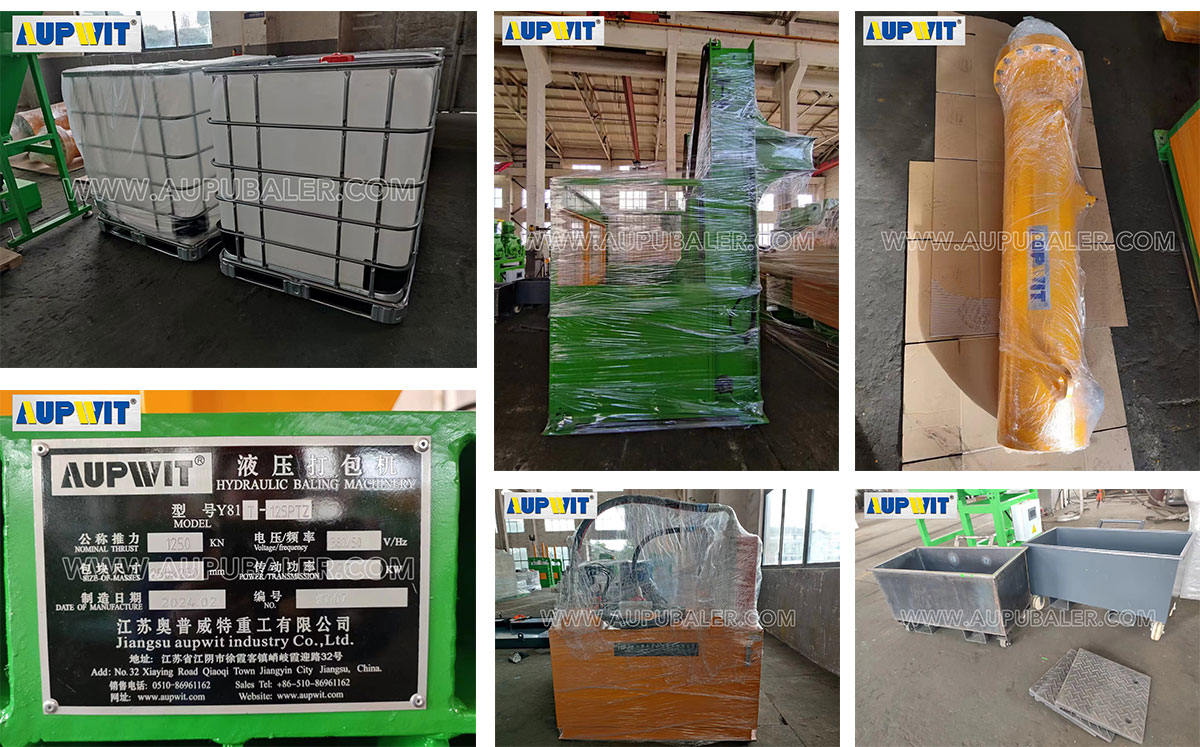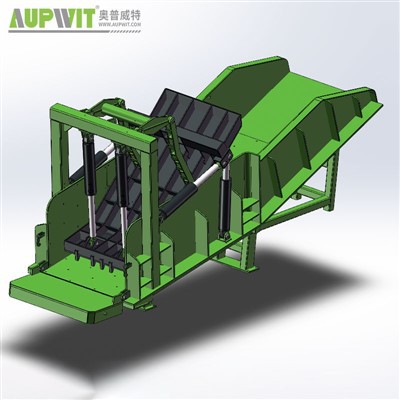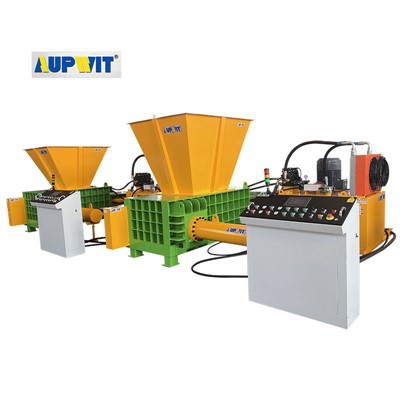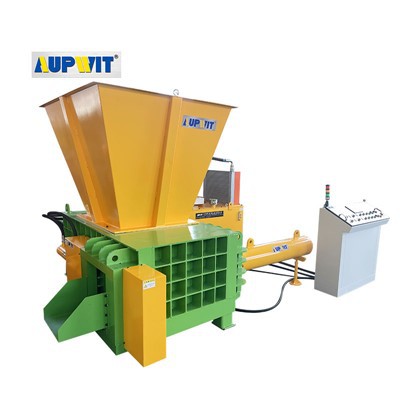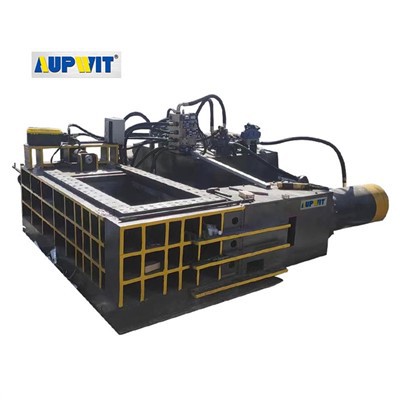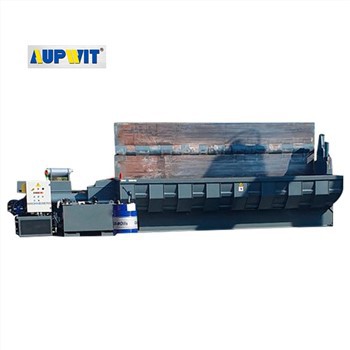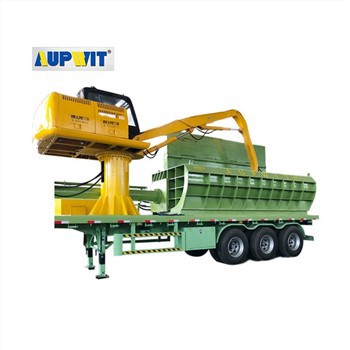1. Reasonable selection of mold materials
Choose appropriate mold materials according to the characteristics of the pressed material, such as hardness, particle size, corrosiveness, etc. For materials with higher hardness, alloy steel or carbide molds with good wear resistance can be selected; for corrosive materials, mold materials with strong corrosion resistance should be selected to reduce the wear and corrosion of the material on the mold and extend the mold service life.
2. Optimize mold design
Reasonably design the structure and size of the mold to avoid areas of stress concentration. For example, use rounded corners at the corners of the mold to reduce sharp corners to reduce the risk of cracks in the mold during the pressing process. At the same time, according to the flow characteristics of the material, design a reasonable mold cavity so that the material can be evenly distributed during the pressing process to avoid excessive local pressure and premature damage to the mold.
3. Control production process parameters
Strictly control process parameters such as pressing pressure, temperature and speed. Excessive pressing pressure will increase the load on the mold and accelerate the wear of the mold; while excessive temperature may cause the mold material to soften, reducing its hardness and wear resistance. In addition, too fast pressing speed will cause the material to have a greater impact on the mold, which will also affect the service life of the mold. Therefore, it is necessary to determine the optimal process parameters based on the characteristics of the material and the mold, and keep them stable during the production process.
4. Strengthen the maintenance and care of the mold
Regularly clean, lubricate and inspect the mold. After each use, promptly remove the material residue and oil stains on the surface of the mold to prevent it from corroding the mold. Regularly lubricate the moving parts of the mold to ensure smooth movement and reduce friction. At the same time, regularly check the wear of the mold, promptly discover and deal with problems such as cracks and wear on the surface of the mold, and promptly repair or replace the mold parts with severe wear.
